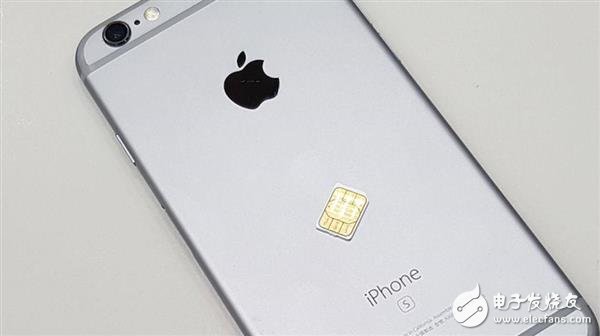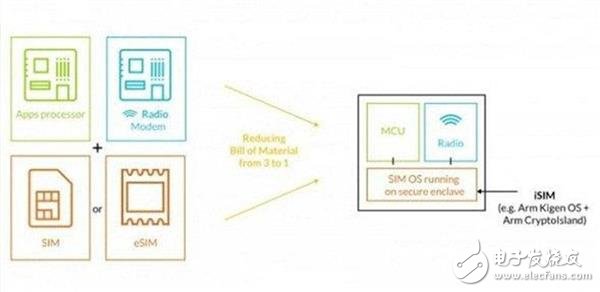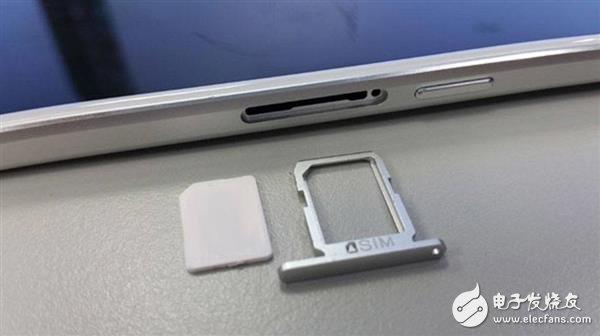Nowadays, most mobile phones are pursuing the ultimate slimness. The manufacturers are critical of the internal space of the machine, which has caused the SIM card to be “scarred†many times. However, sexual technologies such as e-SIM cards have begun to spread on wearable devices.
Recently, ARM announced its own iSIM card, claiming to be able to integrate the SIM card on the ARM-based SoC to further liberate the internal space of the mobile phone.

The SIM card is believed to be familiar to everyone. If you call, send a text message or use the cellular network function, the SIM card service provided by the operator is indispensable - although the "component" is not large, it contains the user identification code IMSI, Important information such as the weight key KI and mobile phone number is an essential module for mobile phones.
The iSIM card technology announced by ARM, including the hardware area that the Kigen OS system has been securely encrypted, cannot be easily extracted. At the same time, it integrates the processor, baseband and SIM card on the same chip, thus further reducing the module space. It is its main advantage.

In fact, in the era of Big Brother, the SIM card is fixedly burned on the mobile phone, but in this case, it is very inconvenient to replace the mobile phone number, so now the mobile phone mostly leaves a special position and opening for easy card insertion. However, as mobile phone manufacturers are increasingly demanding internal space, slim SIM cards have been downsized again and again, and now the mainstream Nano SIM card is not even longer than 12mm.
The e-SIM card is a step further. It can be integrated directly into the mobile phone, and the user can replace the information on the SIM card on the same mobile phone. In addition to the smaller size, the SIM card can be removed. Slots leave more space for the interior design of the phone.

At present, ARM's iSIM and e-SIM technologies are similar, saving space, facilitating the exchange of numbers, etc. The advantages are basically the same, and the services such as carrier-to-network transfer are also perfect. Moreover, most mobile phone SoCs use ARM architecture. Therefore, it can benefit all smartphone users after popularization.
However, operators are now trying their best to retain their own users. The function of “like big and big†like the port number transfer will not go online in the short term. Considering that Internet of Things technology also needs mobile network assistance, new technologies such as e-SIM and iSIM will be the first to shine in the field of smart homes and wearable devices.
Solar Panels collect clean renewable energy in the form of sunlight and convert that light into electricity which can then be used to provide power for electrical loads. Solar panels are comprised of several individual Solar Cells which are themselves composed of layers of silicon, phosphorous, and boron. Solar panels absorb the photons and in doing so initiate an electric current.

Pv Monocrystalline Module,Mono Module,Mono Solar Module,Pv Solar Module Half Cell
Jiangxi Huayang New Energy Co.,Ltd , https://www.huayangenergy.com